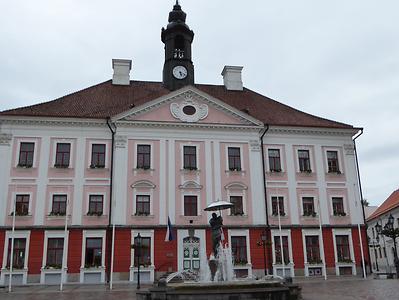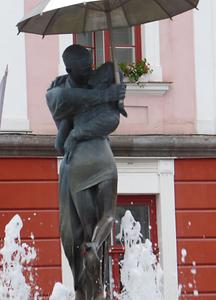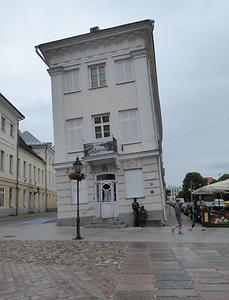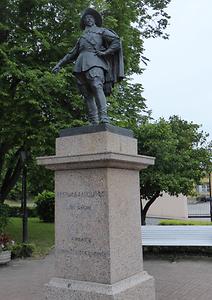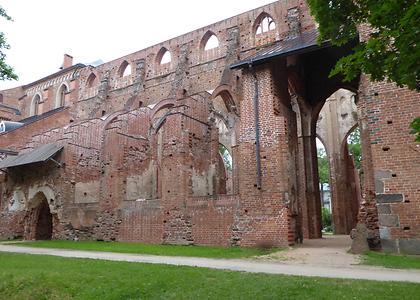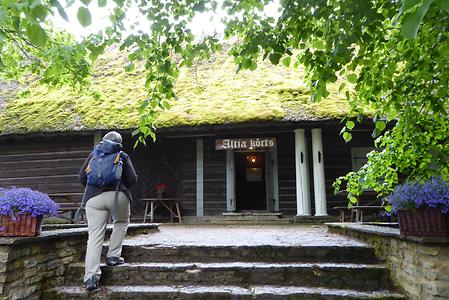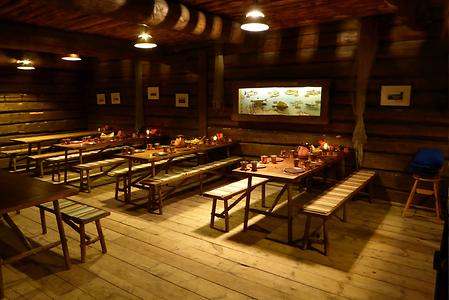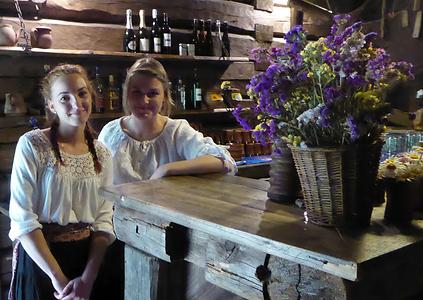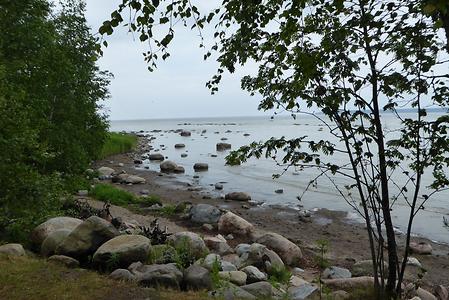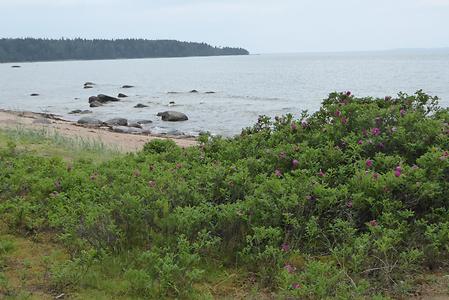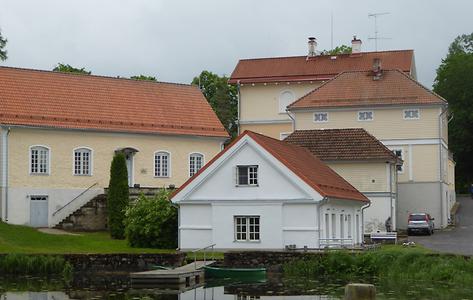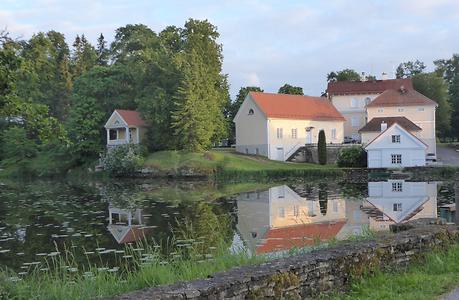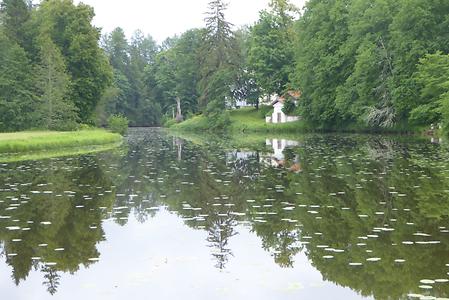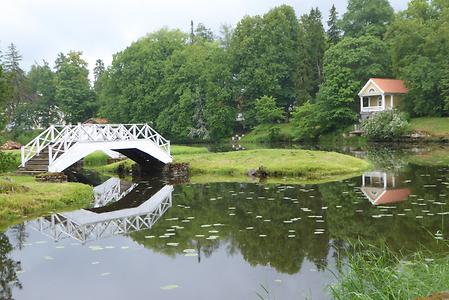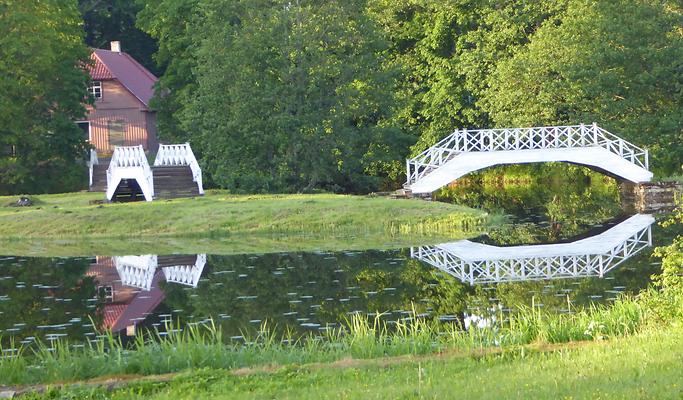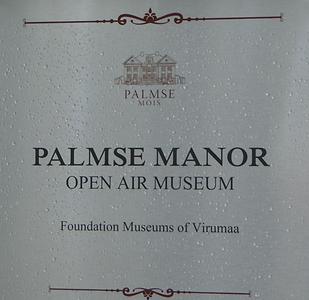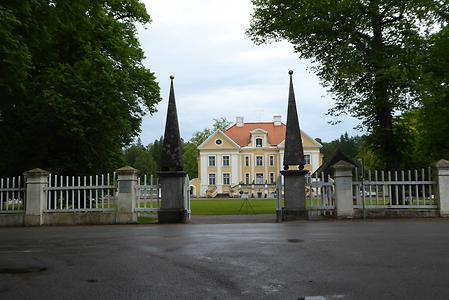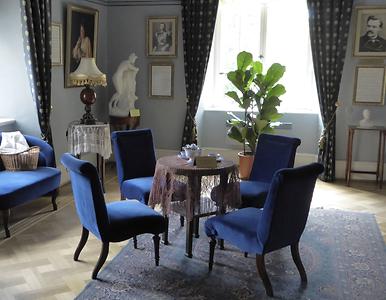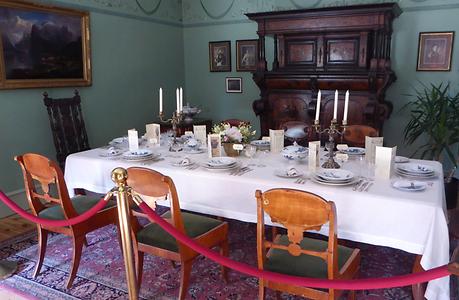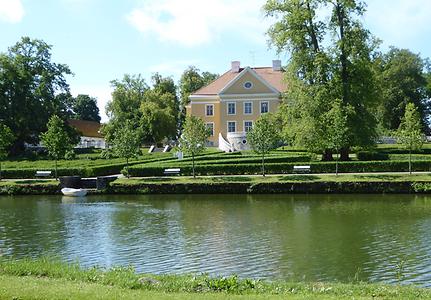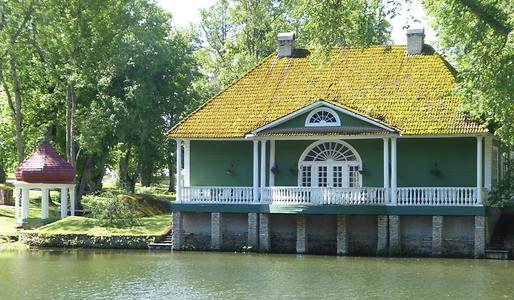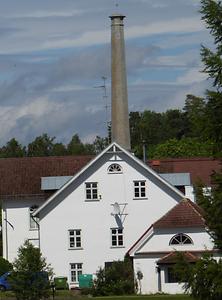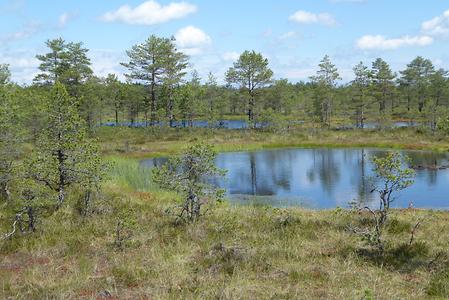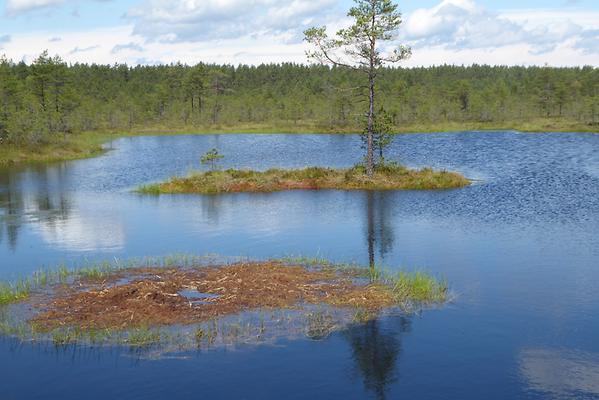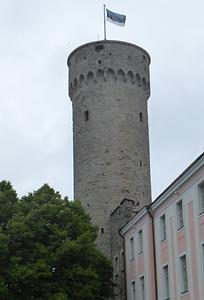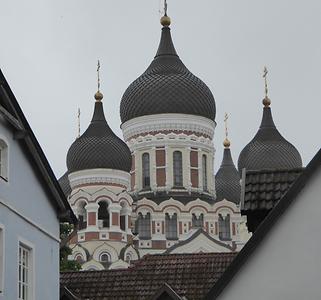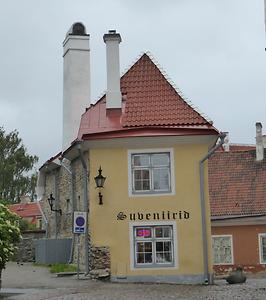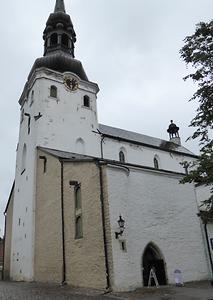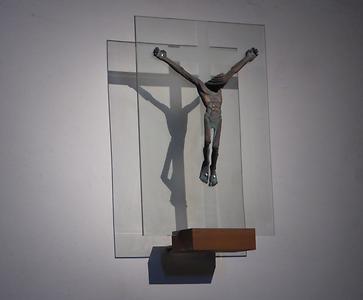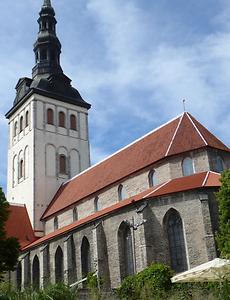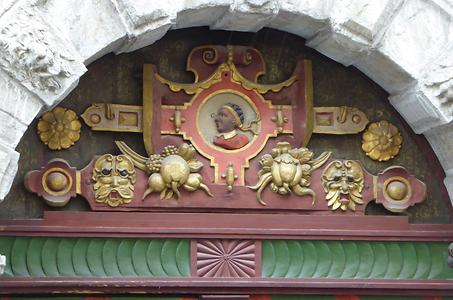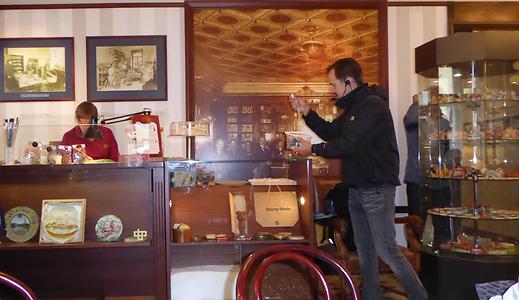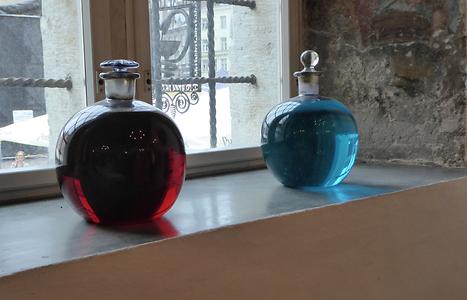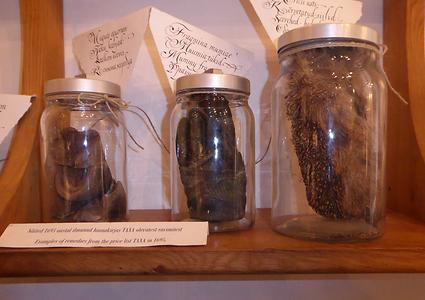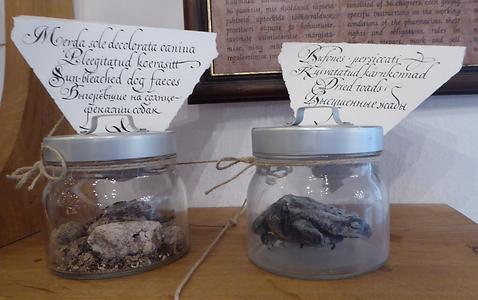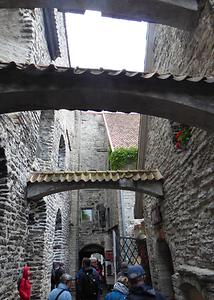Some impressions of Estonia#
Introduction #
Estonia is bordered to the north by the Gulf of Finland, to the west by the Baltic Sea, to the south by Latvia and to the east by Russia (338.6 km). Across the Baltic Sea lies Sweden in the west, and Finland in the north. Estonia has an area of about 45.000 km2 (this includes thousands of small islands).The territory of Estonia has been inhabited since at least 6,500 BC, with Finno-Ugric speakers. Following centuries of successive Teutonic, Danish, Swedish, and Russian rule, Estonians became independent in 1918. During World War II, Estonia was occupied by the Soviet Union in 1940, then Nazi Germany a year later and again annexed by the Soviets in 1944. Its independence was restored (similar to Latvia and Lithuania) in 1991.
Ethnic Estonians are a Finnic people, sharing close cultural ties with their northern neighbour, Finland, and the official language, Estonian, is a Finno-Ugric language closely related to Finnish and the Sami languages, and distantly to Hungarian.
The trip- June 2016 #
Entering Estonia from Latvia we first vist the old university town of Tartu, then the Lahemaa National Park on the coast with the village of Käsmu, and go for an extended hike that ends in 2 hours of rain soaking us to the bone, as if we had gone into the sea with all our clothing and rucksacks on. We recuperate in a wodka factory that has been turned into a nice hotel, Vihula manor. En route to Tallin we visit an estate converted into a museum (Palmse) and go on a nice hike in the swamp of Viru Raba. We reach Tallin (the former Reval) in the afternoon and have almost two days to explore it.Tartu#
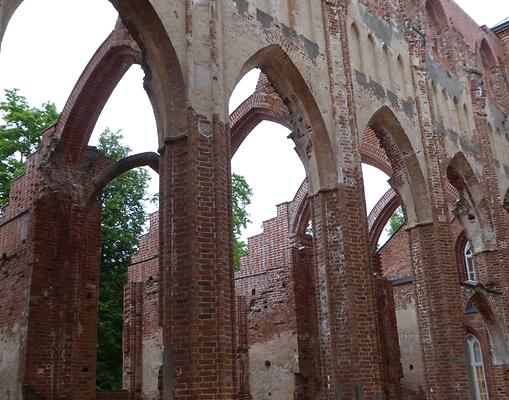
Photo: Hermann Maurer, 2016, under CC BY-SA 3.0
It was a good idea that we had a good local meal before setting out on a major hike along the coast of the sea near the village of Käsmu. There was not sun, ok, but when reached the endpoint of our hike it started to rain, no to pour, and we had a long way back!
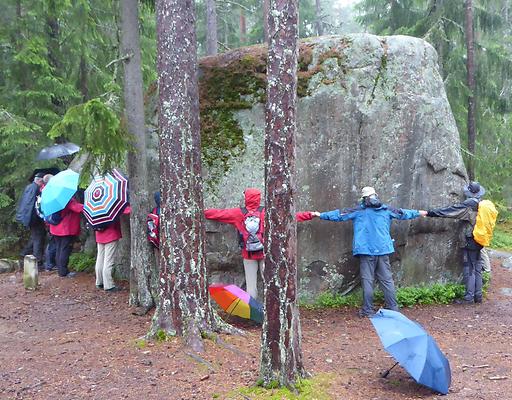
Photo: Hermann Maurer, 2016, under CC BY-SA 3.0
We are happy to get warm and fed again at Vihula manor: The earliest references to this estate go back to 1501. During much of its history, it has belonged to different Baltic German aristocratic families. During the Soviet occupation of Estonia, the manor housed a collective farm. The present main building dates from after 1892, when the earlier house was destroyed in a fire. The weather has improved so it is nice to go for walk around the small lake that is part of the estate.
Next day we first have a glimpse of an estate Sagadi, and then leisurely tour the Palmse estate that has been turned into a museum, both inside the main house, the other buildings and the impressive garden.
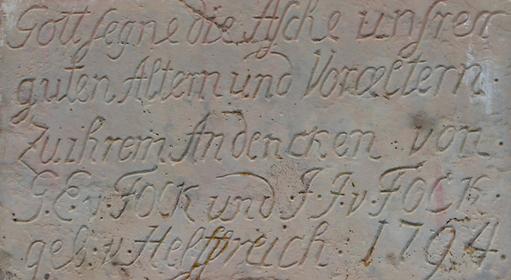
Photo: Hermann Maurer, 2016, under CC BY-SA 3.0
After visting the estates and before driving to Tallin we go through one more of the many beautiful areas of swamps and bogs one finds in all Baltic countries. A good part of our trail is on wooden planks. Without them walking would be impossible.
Tallinn#
Tallinn was founded in 1248, but the earliest human settlements are over 5,000 years old. Especially from the 14th to the 16th century, the citys importance grew as part of the Hanseatic League. Tallinn's Old Town is one of the best preserved medieval cities in Europe. Itis listed as a UNESCO World Heritage Site. Tallinn has the highest number of startups per person in Europe and is a birthplace of many international companies including Skype. The city was European Capital of Culture in 2011 (together with Turku, Finland.Tallin is considered by many as the most beautiful Baltic city. This is also partyl due to the fact that a substantial hill (rare in Baltic countires) is part of the city, with the main cathedral on the top and the old merchant city below. It is also the only capital city in the Baltics that is visited by many cruise ships.
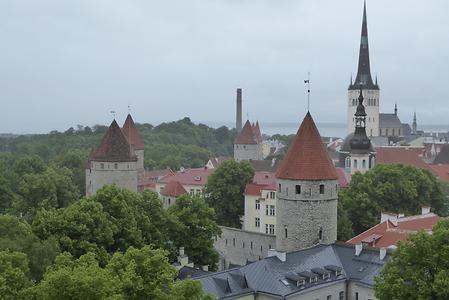
Photo: Hermann Maurer, 2016, under CC BY-SA 3.0
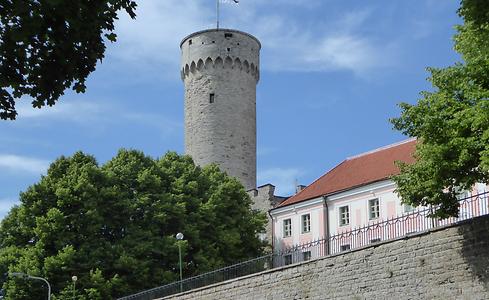
Photo: Hermann Maurer, 2016, under CC BY-SA 3.0

Photo: Hermann Maurer, 2016, under CC BY-SA 3.0

Photo: Hermann Maurer, 2016, under CC BY-SA 3.0

Photo: Hermann Maurer, 2016, under CC BY-SA 3.0
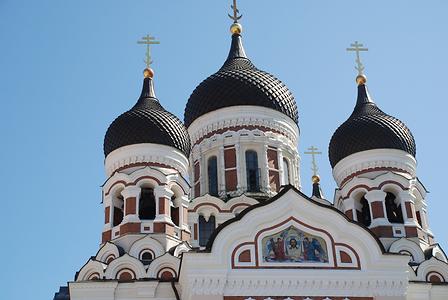
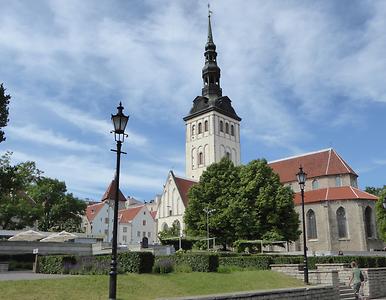
Photo: Hermann Maurer, 2016, under CC BY-SA 3.0

- Back to beginning of Trip, i.e. Vilnius in Lithuania
